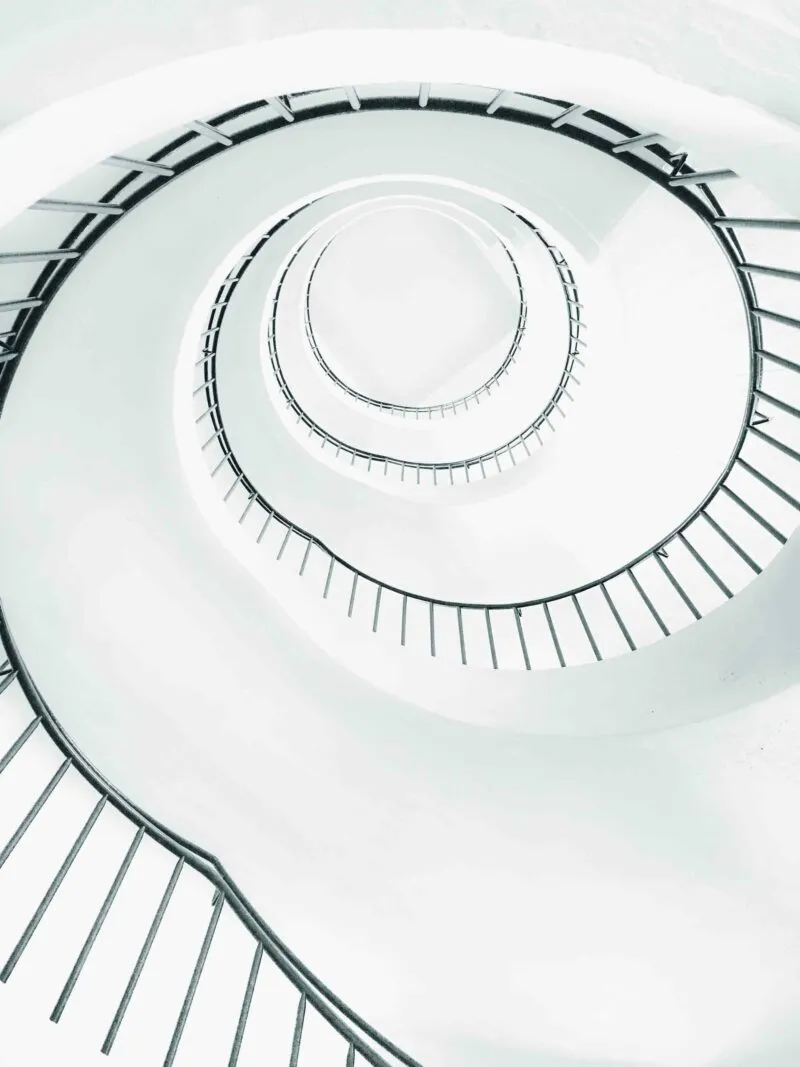Can an Australian patent term extension be zero?
Unsurprisingly, the Federal Court has decided that when two or more pharmaceutical substances are disclosed and claimed in a patent, it is the earliest approval date of the substances that is used for the purpose of calculating a patent term extension for that patent.
For small molecule pharmaceutical patentees, determining if an Australian patent qualifies for a patent term extension (PTE) should be relatively straightforward. The Patents Act 1990 (Patents Act) is highly prescriptive in essence requiring that:
- one or more pharmaceutical substances per se must in substance be disclosed in the complete specification of the patent and in substance fall within the scope of the claim or claims of that specification;
- goods containing, or consisting of, the substance must be included in the Australian Register of Therapeutic Goods (ARTG);
- the period beginning on the date of the patent and ending on the first regulatory approval date for the substance must be at least five years.
If these conditions are satisfied, the length of the extension is calculated as:
the difference between the date of inclusion of any of the pharmaceutical substances in the ARTG minus the date of the patent reduced (but not below zero) by five years. The maximum extension is five years.
Pharmaceutical substances per se
This is defined in the Patents Act to mean:
a substance (including a mixture or compound of substances) for therapeutic use whose application (or one of whose applications) involves:
(a) a chemical interaction, or physico-chemical interaction, with a human physiological system; or
(b) action on an infectious agent, or on a toxin or other poison, in a human body;
but does not include a substance that is solely for use in in vitro diagnosis or in vitro testing.
This definition has received considerable judicial attention with the result that only claims to compounds or pharmaceutical compositions qualify for a PTE. That is, Swiss claims, method of treatment claim, synthetic method claims and product-by-process claims do not qualify. If EPC 2000 type claims are construed in the same way as Swiss claims, these claims will also not qualify for a PTE.
It will be appreciated that the vast majority of patents qualifying for a PTE will only claim one pharmaceutical substance per se for which there must be a first regulatory approval date. But how is an extension to be determined when there are two pharmaceutical substances per se disclosed and claimed for which regulatory approval has been given with the respective products both included in the ARTG?
Merck Sharp & Dohme Corp. v Sandoz Pty Ltd
A resolution of this term was required to be made by the Australian Federal Court in a patent infringement action brought by Merck Sharp & Dohme Corp. v Sandoz Pty Ltd [2021] FCA 947.
Australian patent 2002320303 in the name of Merck Sharp & Dohme Corp. disclosed and claimed two pharmaceutical substances per se. These were listed separately in the ARTG as JANUVIA® (sitagliptin) and JANUMET® (sitagliptin and metformin combination).
The date of Australian patent 2002320303 is 5 July 2002. JANUVIA® was listed in the ARTG on 16 November 2006. Since the difference between these dates is less than five years, this patent did not qualify for a PTE based on JANUVIA®.
However, JANUMET® was listed in the ARTG on 27 November 2008, a date exceeding the five year requirement. Therefore JANUMET® should provide the basis for a PTE. But how should the extended term be calculated?
An obvious approach?
A timely PTE application made by Merck Sharp & Dohme Corp. to the Australian Patent Office based on the JANUMET® approval resulted in a PTE of one year, four months and 22 days (27 November 2008 - 5 July 2002 – five years). In granting this extension, the Australian Patent Office had ignored the fact JANUVIA® fell within the scope of Australian patent 2002320303 and had been approved earlier.
The Federal Court approach
It is obvious that the Patents Act contemplated the possibility of a plurality of pharmaceutical substances per se being disclosed and claimed through the use of the language “one or more pharmaceutical substances per se” as one of the qualifying criteria for a PTE.
This is further reinforced in the language used to calculate the extended term: “the period beginning on the date of the patent and ending on the earliest first regulatory approval date … in relation to any of the pharmaceutical substances”.
When these criteria are applied, JANUVIA® may be regarded as any one of the pharmaceutical substances. Consequently it is the date of the inclusion of JANUVIA® in the ARTG that is the first regulatory approval date.
This results in a zero term extension for JANUMET® (16 November 2006 - 5 July 2002 – five years, with the proviso that it cannot be less than zero).
Accordingly, the Federal Court decided that the normal 20 year term applied to 2002320303, is expiring 5 July 2022.
An absurd extension?
The patentee contended that a zero extension of term was an absurd result. It sought to rely upon the decision in Ono Pharmaceutical Co, Ltd v Commissioner of Patents [2021] FCA 643 (Ono). The Federal Court in this case found that it was absurd that a patentee should be denied a PTE on the basis that an unrelated party had achieved an earlier inclusion in the ARTG for its product which fell within the scope of a claim for which a PTE was sought.
Whilst the absurdity or otherwise of Ono is still to be considered as an appeal to the Full Federal Court is pending, the facts of Ono are readily distinguishable over those of Australian patent 2002320303.
In Ono there was absolutely no relationship between the patentee and the party that achieved the earlier ARTG listing. By contrast in Australian patent 2002320303, ARTG listing was achieved by the patentee’s Australian subsidiary.
Further, it is apparent that the Australian Parliament contemplated the possibility of a zero term extension through the use of the language “(but not below zero)”.
An effective PTE strategy
In distinguishing over Ono, the court was referencing the lack of control the patentee had in the regulatory approval process. This did not apply to Merck Sharp & Dohme Corp. and its Australian subsidiary. But it does suggest that Merck Sharp & Dohme Corp. could have delayed the making of its application for regulatory approval for JANUVIA®.
Alternatively, during the prosecution of the Australian patent application 2002320303, claims relevant to JANUVIA® could have been retained in that application. Claims relevant to JANUMET® could then have been pursued in a divisional patent application. Using this strategy, the earlier ARTG inclusion of JANUVIA® would not have not prejudiced the PTE for the JANUMET® patent since JANUVIA® would not have fallen within the scope of the JANUMET® patent claims.
By following this strategy, the early inclusion of JANUVIA® in the ARTG would still have been achieved whilst preserving the possibility of a PTE for JANUMET® in a divisional patent.


